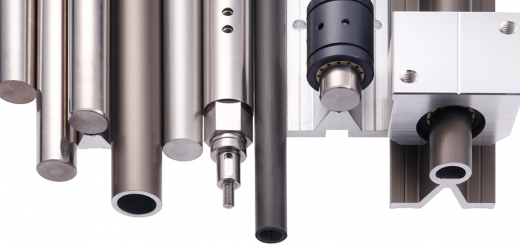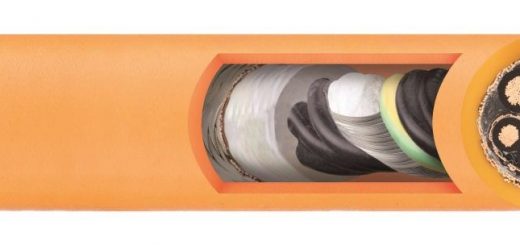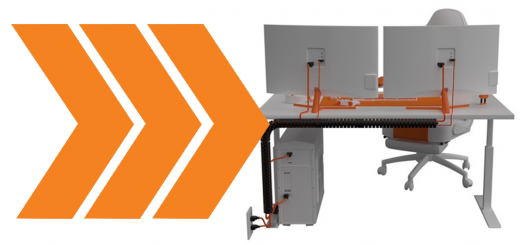Port Cranes: functions, types and sizes
By Jared Worth
Cranes are an essential part of any port. Without them, the transport of cargo would be effectively impossible. But you may be surprised at just how many different types and sizes of port cranes exist. This blog will explore these variations of port cranes and what differentiates them from each other.
What is the primary function of a port crane?
Port cranes serve a relatively simple, but critical, purpose: handling and transporting shipping containers to and from ships and throughout a terminal. This is true across all port cranes, regardless of the specific variant.
Types of port cranes
Most port cranes fall under the umbrella of gantry cranes. These are heavy duty cranes that are built on top of a gantry frame. Spreader Bars are suspended from the gantry and used to pick up containers by latching on to the corners of the containers via a standardized twist lock system.
Among gantry cranes, there are a few main variations of crane. This blog will cover rubber-tired gantry (RTG) cranes, rail-mounted gantry (RMG) cranes, automatic stacking cranes (ASC) and ship to shore (STS) cranes.
Rubber-tired gantry cranes
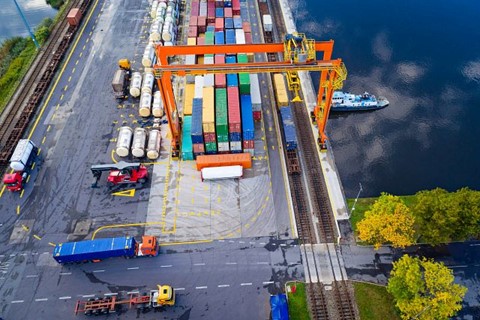
RTG’s are gantry cranes outfitted with rubber tires for unimpeded movement around the container yard. They primarily move and stack containers throughout the port after the containers have been unloaded from ships or to stage containers in preparation of loading operations. Power is provided typically with a diesel engine, although fully electric versions are becoming common. Power and control to the gantry hoist is primarily routed through cable carriers like an igus e-chain® system. An operator is needed to operate the crane, but automated options have existed since 2013.
Rail mounted gantry cranes
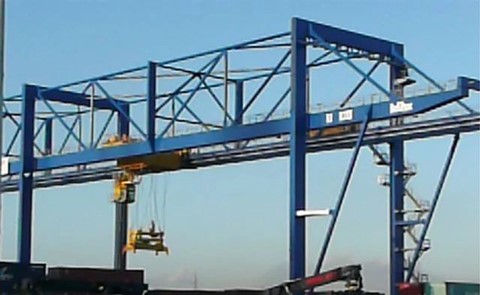
RMG’s are very similar to RTG’s, with the biggest difference being the use of rails for movement rather than free movement with tires. Non-cantilever, single and double cantilever options are all possible. They’re often larger than RTG cranes and require more robust data communication capabilities due to additional onboard equipment and automation functionality. Like an RTG, power and control to the gantry hoist is primarily routed through cable management systems like festoons or an igus e-chain® system. Typically, RMG’s can handle stacks of three to four containers high and six rows wide.
Automatic stacking cranes
ASC’s are essentially fully automated RMG’s without an operator. They’re both gantry cranes that utilize rail mounted movement and are available in similar sizes. The major difference between the two is that ASC’s are fully automated, improving their efficiency and overall productivity. This makes them ideal for large terminals that require high throughput and stacking density.
Ship-to-shore cranes
STS cranes — sometimes referred to as quay cranes — are typically the largest of port gantry cranes and are used to load and unload containers from ships the shore or berth. This limits them to being installed along the waterside on rails spanning the length of the berth.
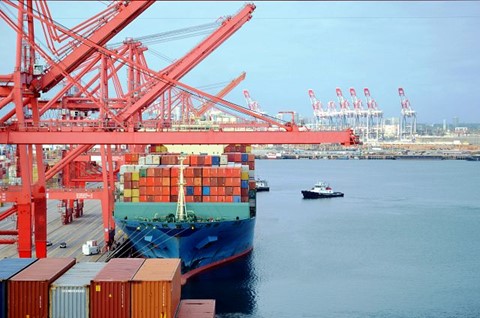
There are two main types of ship-to-shore cranes: low profile and high profile. Low profile STS cranes have a non-pivoting telescopic boom that extends out from the crane and over ships, where it’s used to load and unload the vessels. High profile STS cranes have a hinged boom that makes navigation easier for ships during berthing.
STS cranes are available in a range of sizes, each corresponding to a particular vessel size. The most common of these sizes are Panamax, neo-Panamax, and post-Panamax. The names refer to the Panama Canal — Panamax ships are capable of fitting through the original Panama Canal, neo-Panamax fit through the widened Panama canal, and post-Panamax cannot fit through the Panama canal. STS cranes need to be designed around the sizes of these ships, depending on which ones a particular port will be loading and unloading. Crane carrying capacities also vary depending on the size to better handle increased demands of larger sizes.
Conclusion
At just about any port, you’ll find some combination of most, if not all, of the cranes discussed in this blog. Without them, productivity would grind to a halt. Understanding the differences between the various types of port cranes is essential to choosing the proper cranes for your own applications and maximizing efficiency.
Questions about power and data supply for port cranes? Contact an e-chain expert for cable management-related inquiries, or a chainflex cables expert for power and data cable information.

